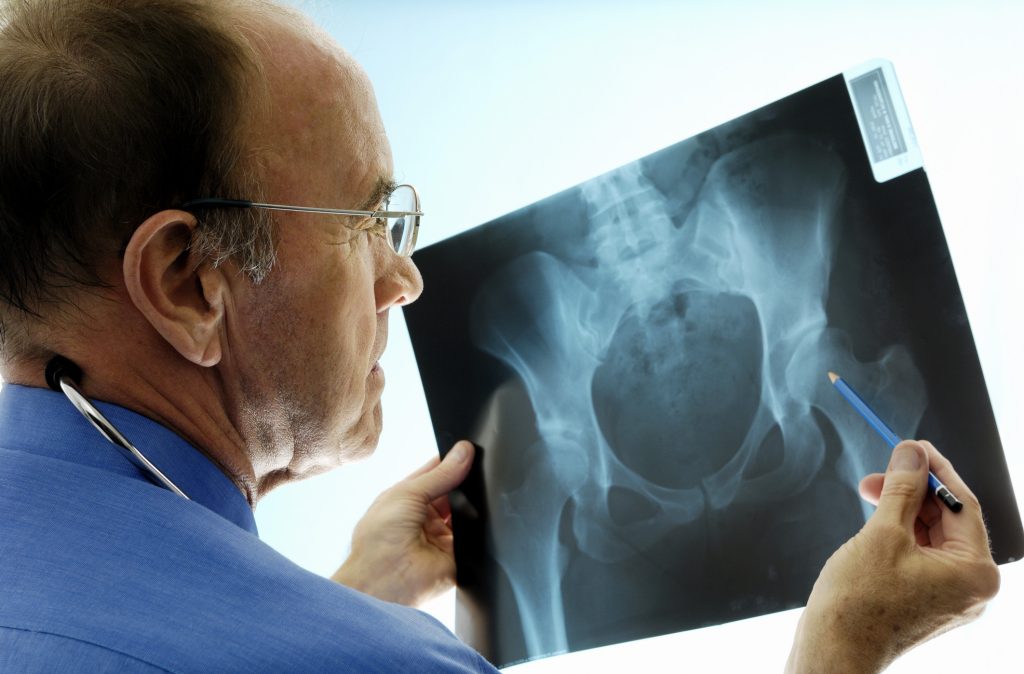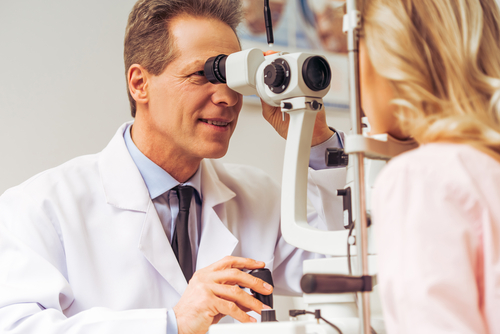
The first warm breeze of spring. Birds are singing, flowers are blooming, and everyone’s spirits rise as they step outside to enjoy the beauty. But hold that joyous step for a moment. Spring also means a surge in animal bites. Yes, those cute, furry creatures are waking from their winter slumbers and they’re hungry. Now is the perfect time to understand the diagnostic skills of urgent care specialists. They’re the first line of defense when that adorable squirrel decides your finger looks like a tasty treat. Let’s dive into the world of urgent care specialists and their crucial role in diagnosing and treating Spring animal bites.
What makes a good Urgent Care Specialist?
Imagine this scenario. You’re in the park, strolling amongst the daffodils. Suddenly, a rabbit springs out and bites your ankle. That’s when you need an urgent care specialist. This kind of doctor is trained to diagnose and treat a wide range of conditions, including animal bites. They make quick, informed decisions to ensure you receive the best care possible.
The Diagnostic Process
How do they diagnose a spring animal bite? It’s not as simple as looking at the wound. They need to judge the severity of …

